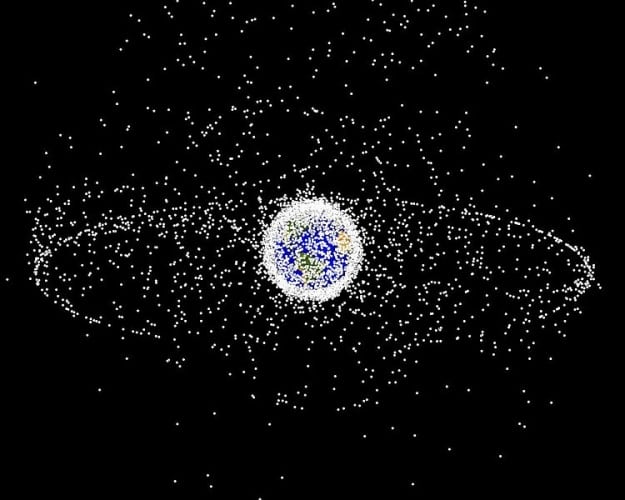
The device is part of the payload on board the H-II Transfer Vehicle Kounotori 6, which launched from the Tanegashima Space Centre on December 9. Known as an electrodynamic tether, or EDT, the junk catcher is made from thin wires of stainless steel and aluminium. It attaches to large pieces of debris, then uses the force created by passing through the Earth’s magnetic field to drag the junk into lower orbits, eventually burning up in the planet’s atmosphere.
After ten years in the planning, the project will culminate when the tether is deployed from the Kounotori as it leaves the ISS with a payload of waste material. The EDT is the result of a collaboration between the Japan Aerospace Exploration Agency (JAXA) and Japanese fishing net manufacturer Nitto Seimo.
"The tether uses our fishnet plaiting technology, but it was really tough to intertwine the very thin materials," Nitto Seimo engineer Katsuya Suzuki told AFP.
"The length of the tether this time is 700 metres (2,300 feet), but eventually it's going to need to be 5,000 to 10,000 metre-long to slow down the targeted space junk."
Orbiting debris is a problem that has worried space agencies around the world for many years. Around 500,000 pieces of space junk are currently being tracked, with around 20,000 of these being larger than an apple. On top of this, NASA estimates there are many millions of pieces of debris that are so small they can’t be tracked.
Several solutions for removing space debris from orbit have been suggested, including solar sails, ion cannons, harpoons and mechanical arms.




Report highlights significant impact of manufacturing on UK economy
I am not convinced that the High Value Manufacturing Centres do anything to improve the manufacturing processes - more to help produce products (using...